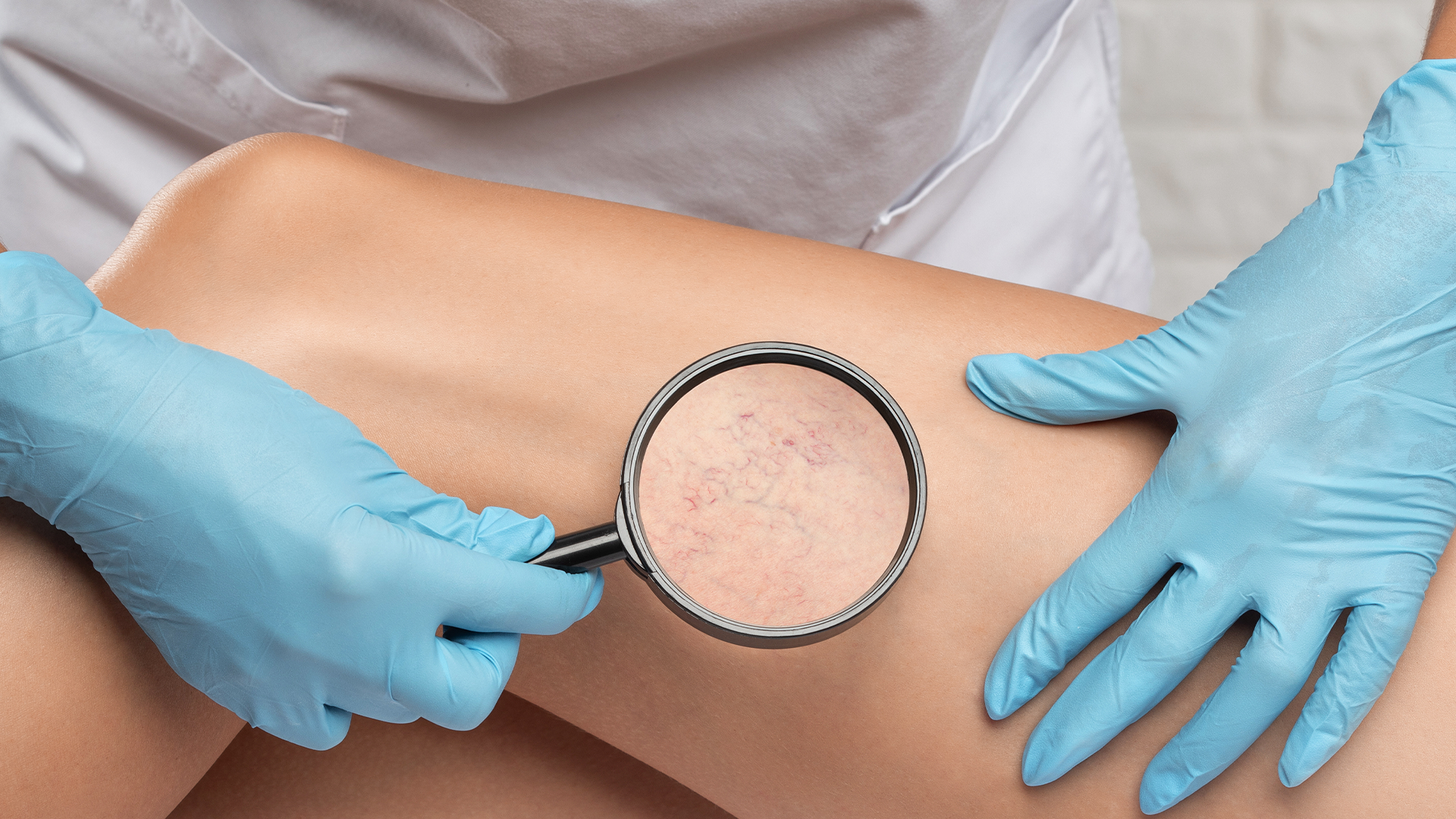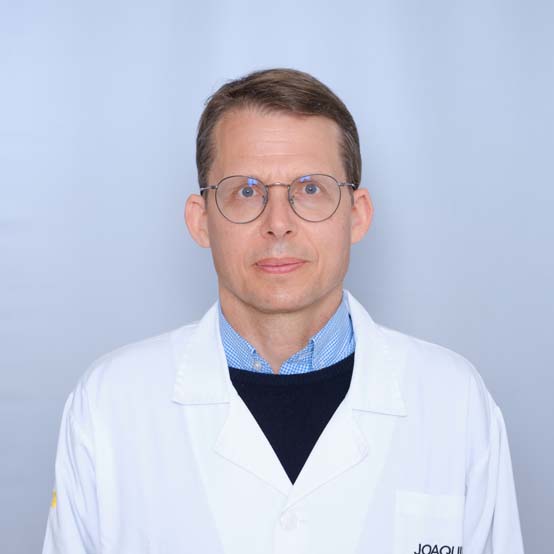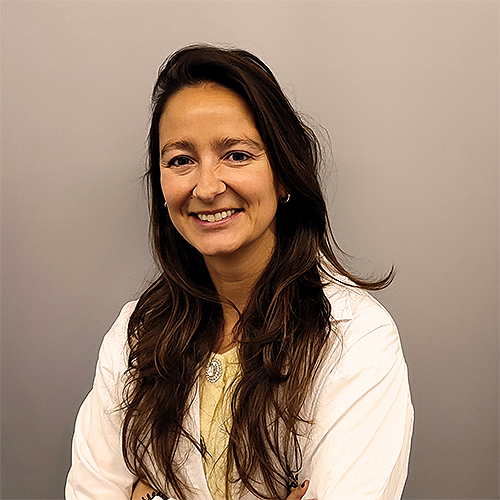Thanks to scientific and technological development, treatments are increasingly less invasive and more comfortable. One example of this is laser therapy, which offers a wide range of applications, both in children and adults. Find out how it works and when it can be applied.
What is laser therapy?
Laser therapy is a modern and painless technique that uses beams of light with penetrating energy for diagnostic, therapeutic and surgical purposes. The word laser is an acronym for “Light Amplification by Stimulated Emission of Radiation”.
In this technique, a concentrated light is focused onto a well-defined area, without dispersion. Thus, it applies non-ionising electromagnetic radiation that can penetrate both soft and hard tissues, depending on the beam’s intensity.
What is laser therapy used for?
Over the years, laser therapy has been used in various medical fields, on three different levels.
• Therapeutic. Laser therapy stimulates the production of substances that can replace or complement the effects of anti-inflammatory, analgesic and healing agents.
• Diagnostic. Laser therapy emits fluorescence that can be measured, making it possible to assess the quality and quantity of a component in the body through a reactive effect.
• Surgical. Laser therapy allows tissues to be cut, while inducing clotting and sealing lymph vessels. When applied in surgery, this technique prevents bleeding, reduces the occurrence of post-surgical oedema and enables a faster recovery.
These capabilities have paved the way for laser therapy to be used in various medical specialties. We list the most common below.
Laser therapy: Odontology (Dentistry)
Laser therapy is applied in Dentistry to treat cavities, as it eliminates the need for anaesthesia and the conventional drill. This technique is also used surgically to remove fibroses and gingival hyperplasia, painlessly, with minimal bleeding and easy healing.
Furthermore, laser therapy has proved to be a good ally in the fight against tooth sensitivity, as well as in root canal, deep cleaning, and to heal oral ulcers and herpes. It also has potential for gum reshaping and accelerates tooth whitening.
Laser therapy: Physiotherapy
Treatment using laser therapy is also indicated in Physiotherapy, and is especially recommended for treating sciatic nerve compression. This technique has presented good results in the treatment of chronic pain, joint pain and osteoarthritis, as well as peripheral neuropathy.
Laser therapy has proved equally effective for treating tendinitis, bursitis, epicondylitis and carpal tunnel syndrome. Back pain, sprains and muscle injuries also benefit from this type of intervention.
Laser therapy: Ophthalmology
Laser therapy has made important headway in Ophthalmology, enabling treatments that are virtually painless and carry no significant risk of infection. The laser reaches structures inside the eye without the need for cutting. Therefore, surgeries that used to be complex and involved challenging recoveries, are now comfortably performed in outpatient care.
Laser therapy has been fundamental in the treatment of diabetic retinopathy, retinal detachment and glaucoma. This technique is also applied to correct myopia, hyperopia and astigmatism.
Laser therapy in Vascular Surgery
Vascular Surgery is another medical specialty that has benefitted from laser therapy, particularly for treating varicose veins. We note the positive results obtained in the treatment of reticular veins and telangiectasias, commonly known as spider veins, as well as in the surgical treatment of larger varicose veins.
The laser is applied directly to the affected vein, either through the skin, for smaller varicose veins, or inside the vein itself, in more extensive cases, causing the veins to collapse followed by fibrosis, thus redirecting blood circulation through healthy vessels. This technique allows several vascular areas to be targeted in a minimally invasive manner, producing results that were previously unattainable. Laser therapy is employed to treat small vessels and spider veins, but also in surgery on larger varicose veins, using only local anaesthesia in outpatient care, thereby facilitating a much faster, less painful and safer recovery.
Laser therapy: Dermatology
Laser therapy is also applied in Dermatology, especially in the treatment of hemangiomas and scars. This method has been especially important to treat rosacea and melasma, as it helps reduce vessels, shrink pores and remove pigmentation.
Laser also produces excellent results in the treatment of keratoses, warts and fibromas. Therefore, it is possible to treat deeper skin structures without damaging the epidermis, quickly, safely and comfortably.
Laser therapy: Podiatry
Laser therapy has been used extensively in Podiatry and one of the most common applications is to treat nail mycosis (onychomicosis). The laser penetrates the nail and reaches the fungus, applying an anti-inflammatory and regenerative action without damaging the nail or skin. Therefore, slow-acting topical creams and lacquers, which until recently were the limited treatment options available, can be replaced by laser therapy, producing more immediate and effective results without side effects.
This technique also allows the treatment of neurovascular structures, calcaneal spurs, plantar calluses, plantar warts and viral papillomas. Laser therapy is a highly effective and rapid procedure, with no adverse effects.
Laser therapy: Aesthetic
Laser therapy is a common method in Aesthetic Medicine. It is most widely used for permanent hair removal and to correct aesthetic changes, such as wrinkles, moles and blemishes, among others. In this case, the beam acts as a controlled aggression on the skin, in order to stimulate its renewal.
This technique also acts on sagging skin, as the heat stimulates elastin and collagen production. It is also applied in photo rejuvenation, helping reduce sun and age spots.
What are the restrictions of laser therapy?
Despite all the benefits of laser therapy, there are situations where this method is contraindicated. We list below the most common cases where this technique should not be applied:
• Pregnancy;
• Cancer or cancer suspicion;
• Open or bleeding wound;
• Mentally confused patient;
• Patient with epilepsy;
• Patient undergoing immunosuppression treatment, such as chemotherapy or radiation therapy;
• Skin hypersensitivity;
• Suspicious pigmented lesions;
• Active herpes;
• Drug-induced photosensitivity.
Furthermore, laser therapy should be considered a therapeutic aid. While presenting positive results in numerous applications, technically it does not replace conventional therapies. The physician should prescribe the most suitable therapeutic combination for each case, in order to achieve maximum effectiveness.
What preparations are needed to undergo laser therapy?
Generally, laser therapy does not require much care, as it does not carry health risks. This technique can be performed as many times as necessary, even on children. The procedure is extremely safe, which reduces patient anxiety and discomfort during consultations.
As a rule, sun exposure should be avoided in the days or weeks before and after laser therapy. To effectively receive the treatment, the patient’s skin should be clean and free of creams, oils or sebum.
During the process, the physician and patient should wear specific protective eyewear. The number of sessions needed will depend on the type of lesion being treated.
What to expect after undergoing laser therapy
As laser therapy is a very safe procedure, recovery is quick and comfortable, without any clinical complications.
However, adverse reactions may occur in the area where the laser was applied, for example, pain, ulceration, hives or the appearance of skin blemishes (hyperpigmentation). Nevertheless, these reactions are mild, local and temporary, and they disappear spontaneously in the days or weeks following the treatment.
Laser therapy at Joaquim Chaves Saúde
The range of clinical applications of laser therapy is increasingly broad, and many conditions can be treated using this technique. Joaquim Chaves Saúde has a variety of state-of-the-art equipment at your disposal to perform laser therapy with great precision and total control.
Here you will also find the best professionals to achieve the most effective results. Schedule your appointment and benefit from the most advanced medical techniques and treatments, to restore your health and wellbeing.


